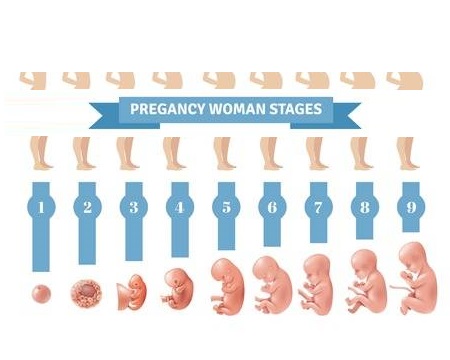
Strength of the Recommendations
The GRADE system was utilized to grade the strength of the recommendations. Recommendations are rated as strong or weak based on the: (1) balance between benefits and harms; (2) overall quality of the evidence; (3) importance of outcomes (i.e., values and preferences of pregnant women); (4) use of resources (i.e., cost); (5) impact on health equity; (6) feasibility, and (7) acceptability.
Strong recommendation: Most or all pregnant women will be best served by the recommended course of action.
Weak recommendation: Not all pregnant women will be best served by the recommended course of action; there is a need to consider other factors such as the individual’s circumstances, preferences, values, resources available, or setting. Consultation with an obstetric care provider may assist in decision-making.
TO BE CONTINUE….
======================================================================================
Abstract
Objective
The objective is to provide guidance for pregnant women, and obstetric care and exercise professionals, on prenatal physical activity.
Outcomes
The outcomes evaluated were maternal, fetal, or neonatal morbidity or fetal mortality during and following pregnancy.
Evidence
Literature was retrieved through searches of Medline, EMBASE, PsycINFO, Cochrane Database of Systematic Reviews, Cochrane Central Register of Controlled Trials, Scopus and Web of Science Core Collection, CINAHL Plus with Full-text, Child Development & Adolescent Studies, ERIC, Sport Discus, ClinicalTrials.gov, and the Trip Database from database inception up to January 6, 2017. Primary studies of any design were eligible, except case studies. Results were limited to English, Spanish, or French language materials. Articles related to maternal physical activity during pregnancy reporting on maternal, fetal, or neonatal morbidity or fetal mortality were eligible for inclusion. The quality of evidence was rated using the Grading of Recommendations Assessment, Development, and Evaluation (GRADE) methodology.
Values
The Guidelines Consensus Panel solicited feedback from end-users (obstetric care providers, exercise professionals, researchers, policy organizations, and pregnant and postpartum women). The development of this guideline followed the Appraisal of Guidelines for Research Evaluation (AGREE) II instrument.
Benefits, harms, and costs
The benefits of prenatal physical activity are moderate, and no harms were identified; therefore, the difference between desirable and undesirable consequences (net benefit) is expected to be moderate. The majority of stakeholders and end-users indicated that following these recommendations would be feasible, acceptable, and equitable. Following these recommendations is likely to require minimal resources from both individual and health systems perspectives.




